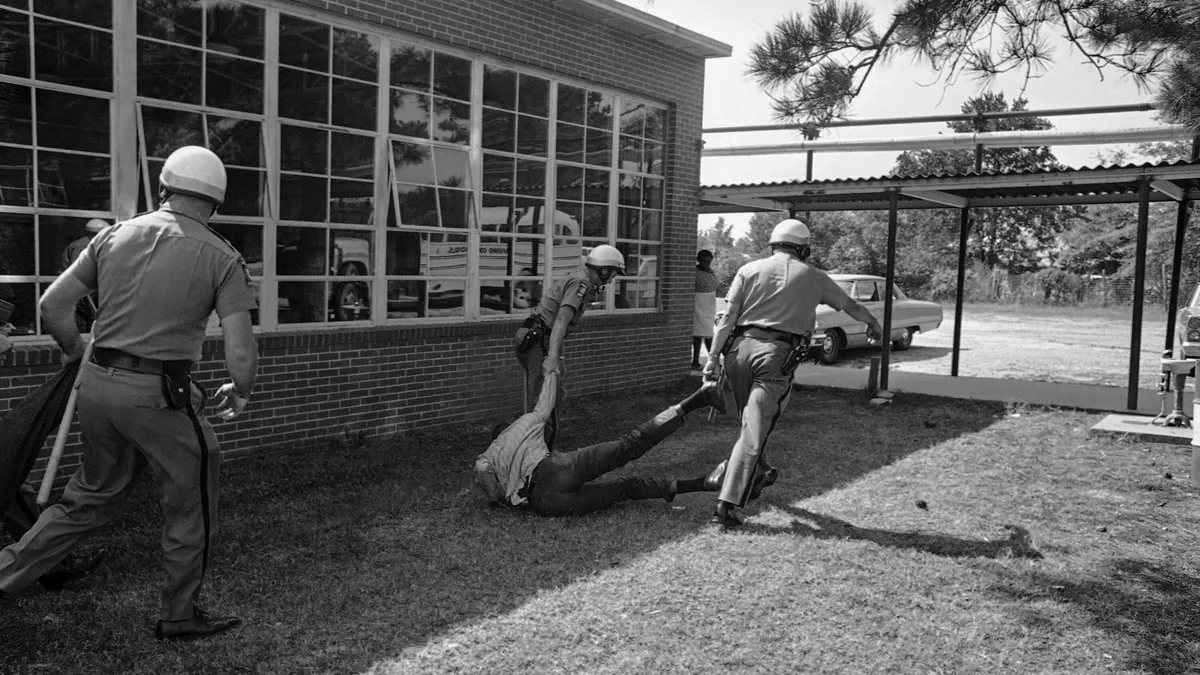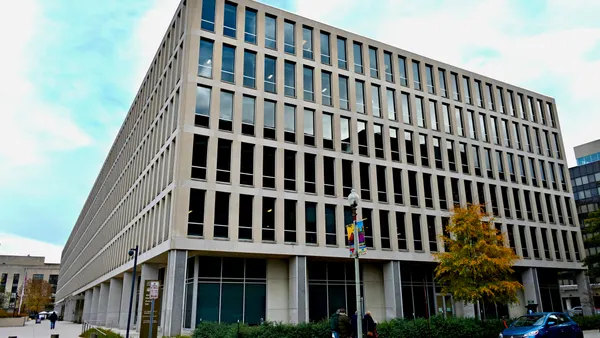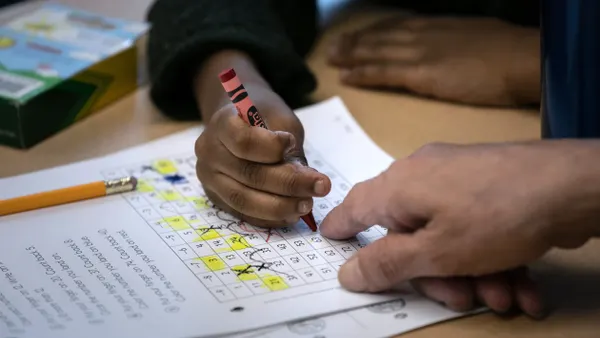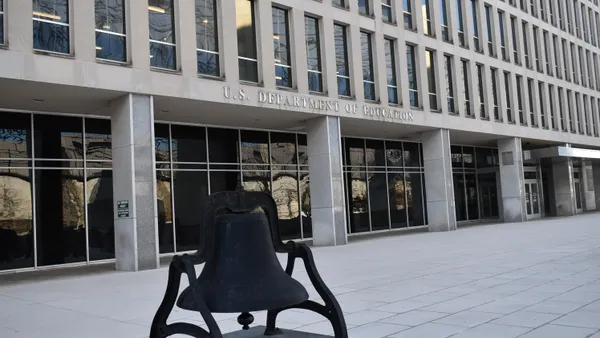Dive Brief:
- The devastating California wildfires in January closed more than 1,000 schools serving at least 725,000 students, disproportionately impacting vulnerable populations and likely widening inequalities and academic gaps, nonprofits EdTrust and UndauntedK12 said in a report released Tuesday.
- Three-quarters of the students affected by the school closures — which spanned from two days to over a week — come from socioeconomically disadvantaged households, the report found. Some 66% are Latino, 40% are multilingual learners, and 10% of the students have disabilities.
- Weather-related school closures can significantly hurt students’ academic performance and well-being, the EdTrust-UndauntedK12 report said, noting that “state and school leaders must acknowledge this new reality and take steps to be prepared.”
Dive Insight:
The California wildfires, along with other recent extreme weather events, illuminate the impact on schools from increasingly frequent disruptive climate events. Hurricane Helene, for example, closed schools in 20 North Carolina districts in 2024.
Beyond the academic challenges, the weather events can bring long-lasting trauma. Such psychological strain on students, families and educators will require “robust support of their physical and mental health” when schools reopen following a natural disaster, the authors of the EdTrust-UndauntedK12 report wrote.
The report cited a November 2024 study by assessment provider NWEA, which found that “missing one week of school can translate to academic losses that are two to four times greater than the missed instruction time itself.” At the middle school level, for instance, a week of closures due to inclement weather amounts to nearly three weeks of learning loss in reading and four weeks in math, NWEA’s research showed.
The Ed Trust-UndauntedK12 report stressed that school leaders need to invest in climate resilient infrastructure.
“This is particularly important in communities that serve large numbers of students of color and students from low-income backgrounds,” the report said. “It is these students who are more likely to face heightened challenges after extreme weather events.”
To support student well-being following a climate disaster, the report said it is crucial to provide students with acute and long-term school-based mental health supports.
To help invest in schools’ climate resilience, EdTrust and UndauntedK12 recommend that state and school leaders:
- Review school districts’ facility master plans with an emphasis on climate resilience. Based on the community's risks and needs, this could include choosing fire-resistant building materials, upgrading HVAC systems or installing solar power.
- Create school emergency response plans that consider local extreme weather risks. The potential challenges could feature emergency response resources, evacuation plans or indoor air quality guidance.
- Explore mental health support systems to use in case an extreme weather event occurs. Options might include establishing a school partnership with a community-based provider, or training teachers and staff how to implement trauma-informed strategies.
- Identify issues that impact equitable access to school facilities. District leaders can issue assessments and community surveys in multiple languages and various communication formats to gauge existing issues and needs for school buildings.
- Direct state-level resources to climate resilience and mitigation. State leaders should ensure that resources focus on weather-resilient buildings, strong local disaster preparation plans and support systems for students and families. They should also identify which regions are most vulnerable to extreme weather and which communities are most affected by climate change and educational inequities.
- Provide guidance and technical assistance to K-12 schools. To help schools assess local needs and resources, states can help K-12 districts develop plans for response, adaptation and mitigation before an extreme weather event strikes.







 Dive Awards
Dive Awards







